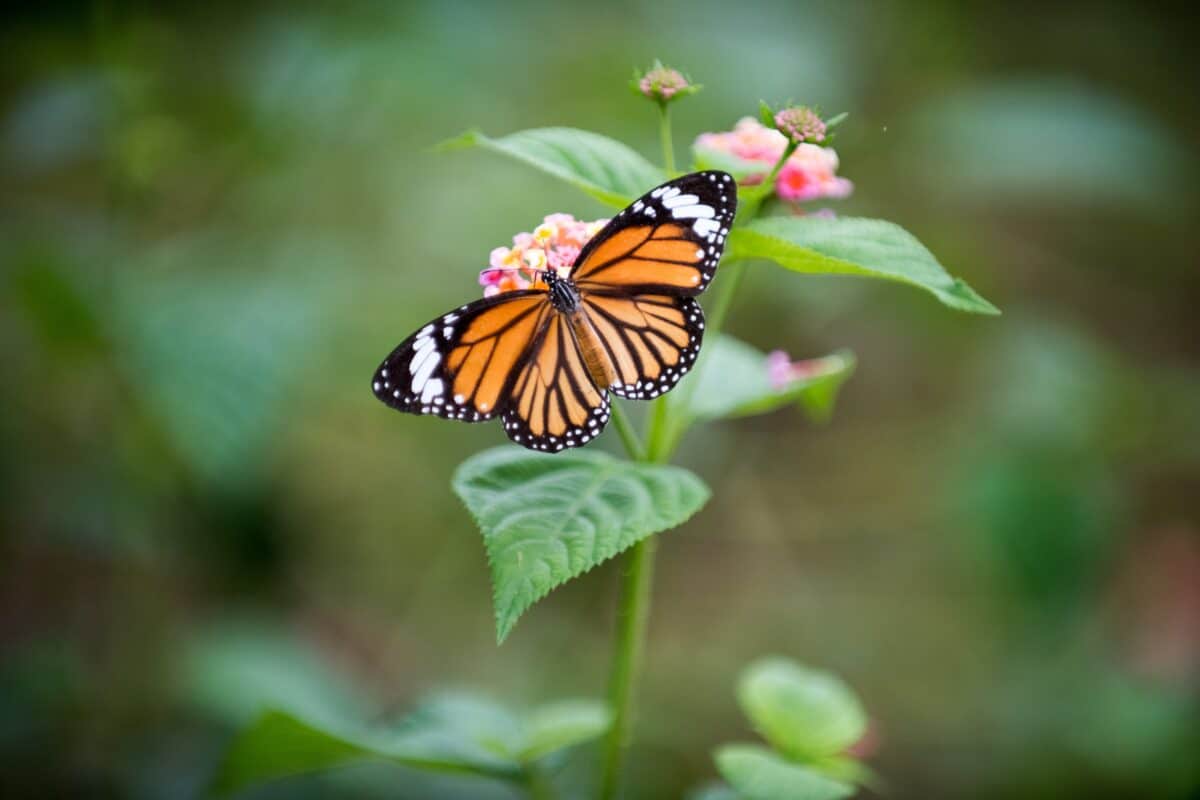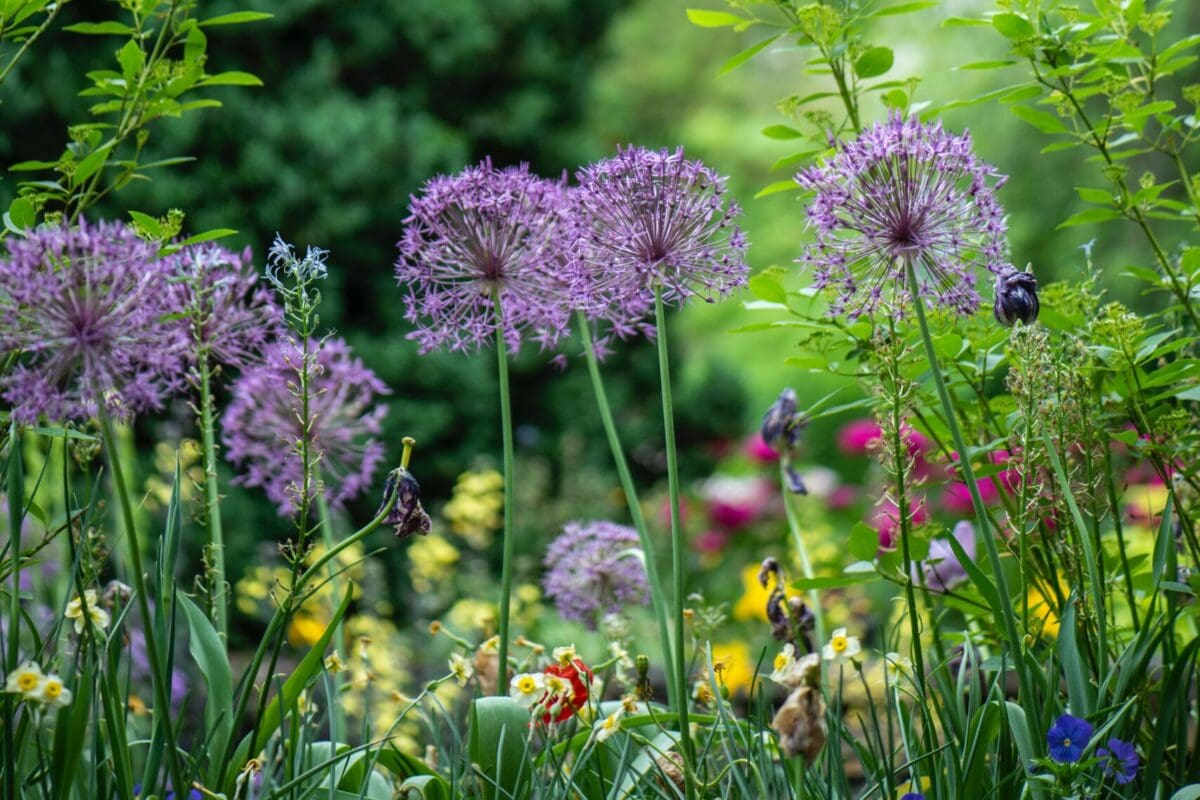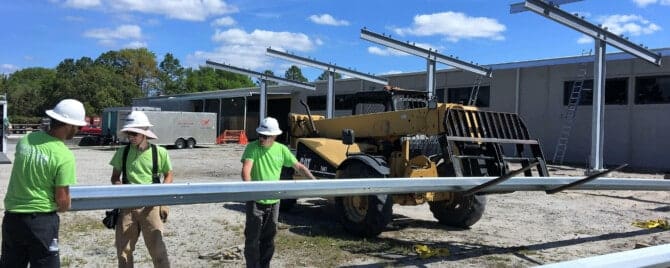Did you know that solar panels can actually be pollinator-friendly?
No, you didn’t read that wrong! A 2021 study by Oregon State University found that the partially shaded underbrush planted between panels of ground-mounted photovoltaic systems produced more blossoms later in the season. These post-peak blooms greatly benefited pollinators such as bees and butterflies, who typically must rely on shorter growing seasons.
“The understudy of solar panels is typically managed to limit the growth of plants,” said Maggie Graham, a faculty research assistant at Oregon State and lead author of the paper. “My thought coming into this research was can we flip that? Why not plant under solar arrays with something beneficial to the surrounding ecosystem, like flowers that attract pollinators? Would insects even use it? This study demonstrates that the answer is yes.”
Factors identified in the study included decreased solar radiation, decreased soil temperatures, and increased soil moisture. For our more coastal regions, the latter will potentially need to be accounted for with increased drainage—preferably soil aeration (not to be confused with tilling). This is especially necessary as ground-mounted systems (or any construction really) tend to pack surrounding topsoil.
Building Pollinator-Friendly Photovoltaic Systems
The North Carolina Pollinator Conservation Alliance (NCPCA) has published guidelines for building pollinator habitats among solar panels using native species. The use of native plants is critical to both prevent the spread of invasive non-native species and provide the proper nourishment for local pollinators.

Are There Any Incentives?
At this time, unfortunately, there are no financial incentives. North Carolina seems to be a little late to the game, as states like Maryland, Michigan, Minnesota, Illinois, New York, South Carolina, and Vermont already have pollinator-friendly solar legislation. And this is despite the fact that our state has so many highly pollinator-dependent crops.
So Where Do You Fit In?
If you have a ground-mounted photovoltaic system, even if you don’t own a large-scale solar farm, you can follow the NCPCA’s guidelines to create your own pollinator habitat along the perimeter of the solar panels.
If you only have a roof-mounted system or no system at all, feel free to use their guidelines to build similar habitats in partially shaded areas of your yard. Every bit helps and you never know what colorful pollinators might stop by!

Further Reading
https://pubs.acs.org/doi/10.1021/acs.est.8b00020



